De novo sequencing and comparative transcriptome analysis of adventitious root development induced by exogenous indole-3-butyric acid in cuttings of tetraploid black locust
- PMID: 28209181
- PMCID: PMC5314683
- DOI: 10.1186/s12864-017-3554-4
De novo sequencing and comparative transcriptome analysis of adventitious root development induced by exogenous indole-3-butyric acid in cuttings of tetraploid black locust
Abstract
Background: Indole-3-butyric acid (IBA) is applied to the cuttings of various plant species to induce formation of adventitious roots (ARs) in commercial settings. Tetraploid black locust is an attractive ornamental tree that is drought resistant, sand tolerant, can prevent sand erosion and has various commercial uses. To further elucidate the mechanisms of AR formation, we used Illumina sequencing to analyze transcriptome dynamics and differential gene expression at four developmental stages in control (CK) and IBA-treated groups.
Results: The short reads were assembled into 127,038 unitranscripts and 101,209 unigenes, with average lengths of 986 and 852 bp. In total, 10,181 and 14,924 differentially expressed genes (DEGs) were detected in the CK and IBA-treated groups, respectively. Comparison of the four consecutive developmental stages showed that 282 and 260 DEGs were shared between IBA-treated and CK, suggesting that IBA treatment increased the number of DEGs. We observed 1,721 up-regulated and 849 down-regulated genes in CI vs. II, 849 up-regulated and 836 down-regulated genes in CC vs. IC, 881 up-regulated and 631 down-regulated genes in CRP vs. IRP, and 5,626 up-regulated and 4,932 down-regulated genes in CAR vs. IAR, of which 25 up-regulated DEGs were common to four pairs, and these DEGs were significantly up-regulated at AR. These results suggest that substantial changes in gene expression are associated with adventitious rooting. GO functional category analysis indicated that IBA significantly up- or down-regulated processes associated with regulation of transcription, transcription of DNA dependent, integral to membrane and ATP binding during the development process. KEGG pathway enrichment indicated that glycolysis/gluconeogenesis, cysteine and methionine metabolism, photosynthesis, nucleotide sugar metabolism, and lysosome were the pathways most highly regulated by IBA. We identified a number of differentially regulated unigenes, including 12 methionine-related genes and 12 ethylene-related genes, associated with the KEGG pathway cysteine and methionine metabolism. The GO enrichment, pathway mapping, and gene expression profile analyses revealed molecular traits for root induction and initiation.
Conclusion: Our study presents a global view of the transcriptomic profiles of tetraploid black locust cuttings in response to IBA treatment and provides new insights into the fundamental mechanisms associated with auxin-induced adventitious rooting.
Keywords: Adventitious root development; IBA; Tetraploid black locust; Transcriptome; de novo.
Figures

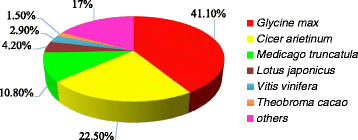
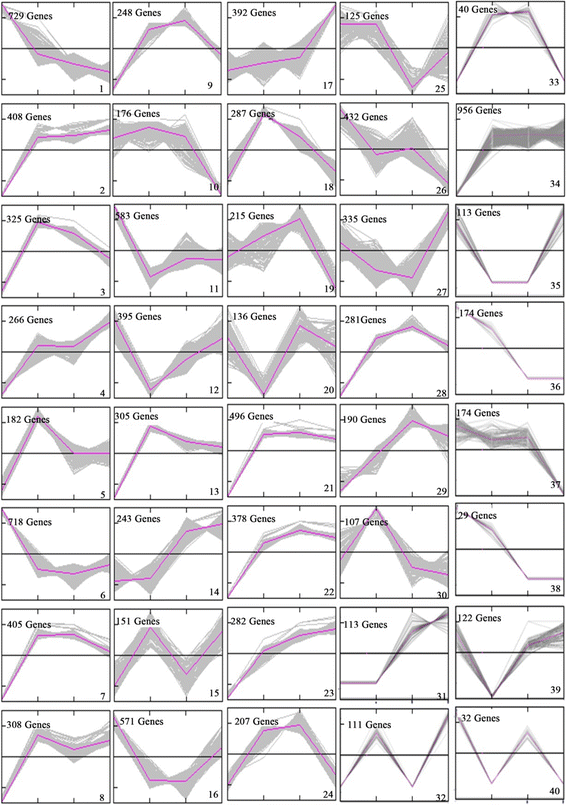
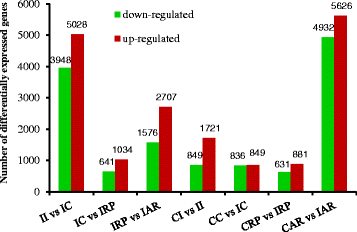
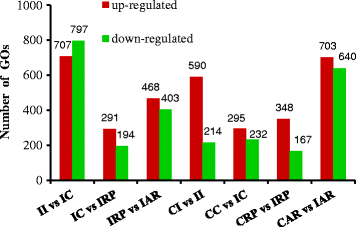
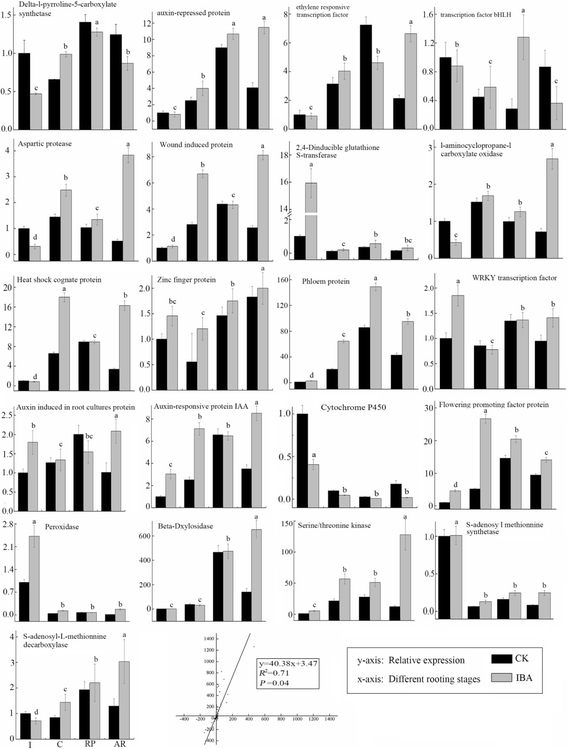
Similar articles
-
Transcriptomic analysis reveals the gene expression profile that specifically responds to IBA during adventitious rooting in mung bean seedlings.BMC Genomics. 2016 Jan 12;17:43. doi: 10.1186/s12864-016-2372-4. BMC Genomics. 2016. PMID: 26755210 Free PMC article.
-
Molecular cloning, characterization and expression analysis of the SAMS gene during adventitious root development in IBA-induced tetraploid black locust.PLoS One. 2014 Oct 6;9(10):e108709. doi: 10.1371/journal.pone.0108709. eCollection 2014. PLoS One. 2014. PMID: 25285660 Free PMC article.
-
Molecular cloning and expression analysis of the MTN gene during adventitious root development in IBA-induced tetraploid black locust.Gene. 2014 Dec 15;553(2):140-50. doi: 10.1016/j.gene.2014.10.015. Epub 2014 Oct 8. Gene. 2014. PMID: 25305345
-
Transcriptome analysis of starch and sucrose metabolism across bulb development in Sagittaria sagittifolia.Gene. 2018 Apr 5;649:99-112. doi: 10.1016/j.gene.2018.01.075. Epub 2018 Jan 31. Gene. 2018. PMID: 29374598 Review.
-
Plant Hormone Homeostasis, Signaling, and Function during Adventitious Root Formation in Cuttings.Front Plant Sci. 2016 Mar 31;7:381. doi: 10.3389/fpls.2016.00381. eCollection 2016. Front Plant Sci. 2016. PMID: 27064322 Free PMC article. Review.
Cited by
-
Haplotype-resolved genome assembly for tetraploid Chinese cherry (Prunus pseudocerasus) offers insights into fruit firmness.Hortic Res. 2024 Jul 8;11(7):uhae142. doi: 10.1093/hr/uhae142. eCollection 2024 Jul. Hortic Res. 2024. PMID: 38988622 Free PMC article.
-
Effects of Different Growth Regulators on the Rooting of Catalpa bignonioides Softwood Cuttings.Life (Basel). 2022 Aug 15;12(8):1231. doi: 10.3390/life12081231. Life (Basel). 2022. PMID: 36013410 Free PMC article.
-
Transcriptome dynamics of rooting zone and aboveground parts of cuttings during adventitious root formation in Cryptomeria japonica D. Don.BMC Plant Biol. 2018 Sep 19;18(1):201. doi: 10.1186/s12870-018-1401-7. BMC Plant Biol. 2018. PMID: 30231856 Free PMC article.
-
From Omics Analysis toward Physiological Mechanism Research in Plants.Life (Basel). 2023 Nov 29;13(12):2275. doi: 10.3390/life13122275. Life (Basel). 2023. PMID: 38137876 Free PMC article.
-
Adventitious Root Formation in Tree Species.Plants (Basel). 2021 Mar 5;10(3):486. doi: 10.3390/plants10030486. Plants (Basel). 2021. PMID: 33807512 Free PMC article.
References
-
- Wang XL, Zhao Z. Seasonal variation in rooting of the cuttings from tetraploid locust in relation to nutrients and endogenous plant hormones of the shoot. Turkish J Agr For. 2012;36:257–66.
-
- Wang XL, Zhao Z, Quan JE. Indole-3-butyric acid on rooting and endogenous plant hormones in tetraploid and diploid Robinia pseudoacacia hardwood cuttings. Phyton. 2011;80:93–100.
-
- Ahkami AH, Lischewski S, Haensch KT, Porfirova S, Hofmann J, Rolletschek H, et al. Molecular physiology of adventitious root formation in Petunia hybrida cuttings: involvement of wound response and primary metabolism. New Phytol. 2009;181:613–25. doi: 10.1111/j.1469-8137.2008.02704.x. - DOI - PubMed
-
- Geiss G, Gutierrez L, Bellini C. Adventitious root formation: new insights and perspective. In: Beeckman T, editor. Root development-annual plant reviews. London: Wiley; 2009. pp. 127–56.
Publication types
MeSH terms
Substances
LinkOut - more resources
Full Text Sources
Other Literature Sources
Research Materials
Miscellaneous

